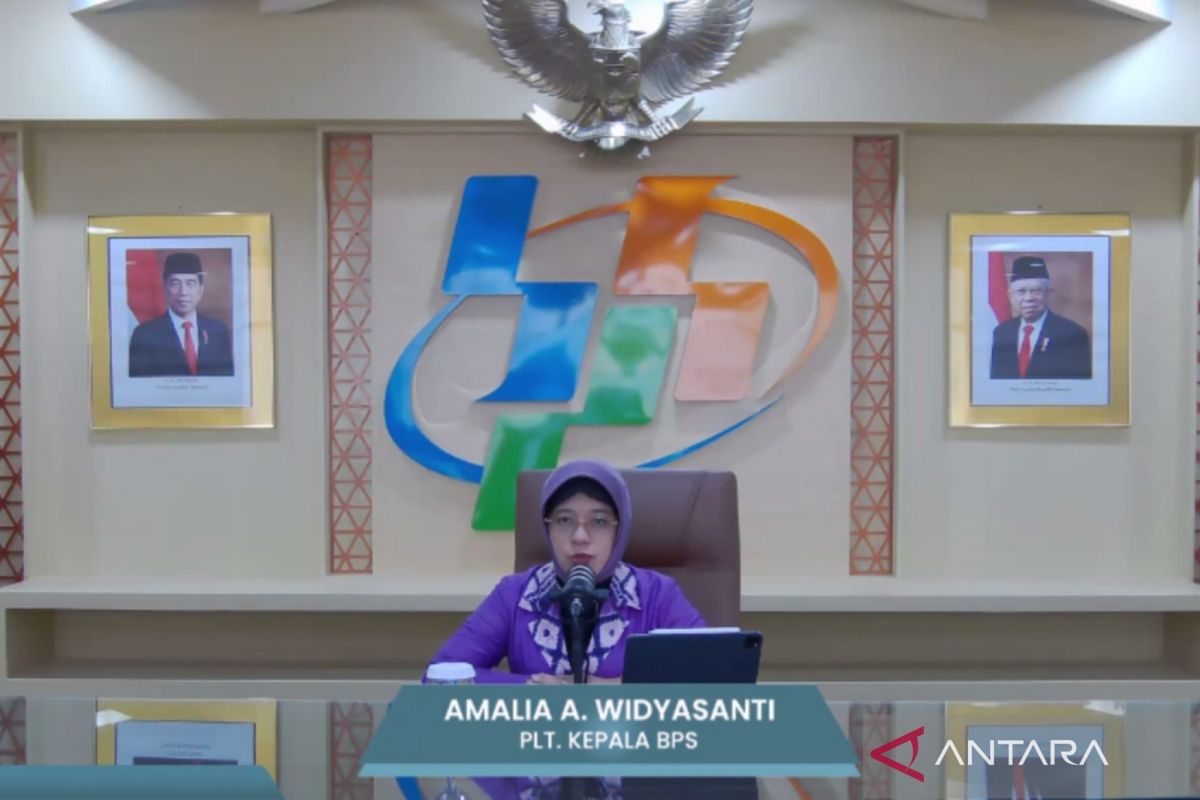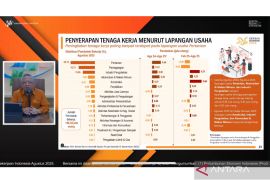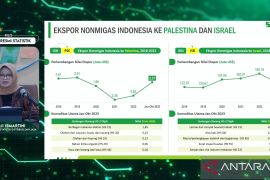"One of the causes of the price increase is the insufficient stocks in several areas, particularly due to the impacts of weather factors and the damage to road access and hindrances in food commodity distribution," Acting Head of BPS Amalia A. Widyasanti remarked here, Thursday.
Widyasanti explained that in general, an increase in rice prices occurred in 28 provinces, while the prices in 10 other provinces showed a decline. All provinces in Java, Bali, and Nusa Tenggara experienced an increase in rice prices.
She further noted that the high prices of rice are caused by supplies that are relatively lower than the demand, which is high.
Widyasanti stated that several rice-producing countries had halted exports, thereby causing the prices in the global market to increase relatively. Meanwhile, domestically, rice production has been impeded by the El Nino phenomenon.
Related news: Rice, red pepper prices already under control: President Jokowi
"Domestically, rice production is relatively lower due to the factors of weather and the impact of the prolonged El Nino phenomenon," she remarked.
In a bid to control volatile food inflation, the government is carrying out a rice assistance program by utilizing the government rice reserves (CBP) in accordance with Presidential Regulation Number 125 of 2022 on the Management of Government Food Reserves.
The rice assistance has been carried out since early 2023 and has been continued in 2024.
In 2024, the assistance is distributed from January to March, targeting 22 million beneficiary families based on the Extreme Poverty Eradication Acceleration Target (P3KE) data of the Coordinating Ministry for Human Development and Culture.
The rice assistance program will be continued from May to June 2024 if the state budget capacity supports it.
Related news: Jokowi: Social aid lowers rice prices, not increases them
Related news: President Jokowi reviews basic goods' prices at Rogojampi Market
Translator: Maria Cicilia, Raka Adji
Editor: Yuni Arisandy Sinaga
Copyright © ANTARA 2024












